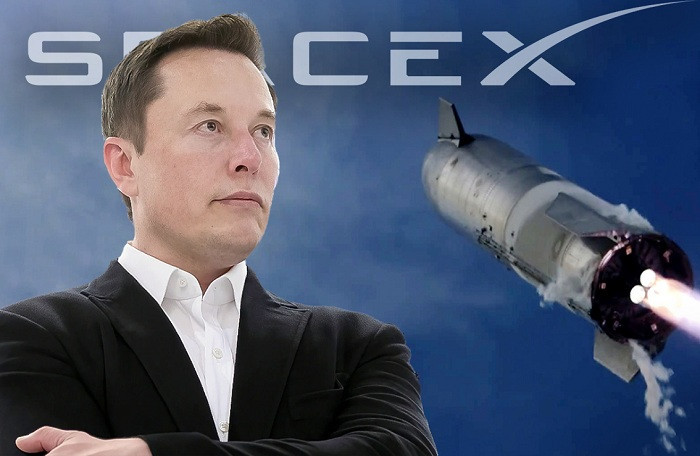
SpaceX, the aerospace company founded by billionaire Elon Musk, plans to invest $1.5 billion in Vietnam to launch its Starlink satellite Internet service, bringing connectivity to remote areas and eliminating coverage blind spots.
Starlink to help close Vietnam’s digital divide
SpaceX's $1.5 billion investment is aimed at rolling out Starlink, its satellite-based broadband Internet service, across Vietnam.
The service is expected to reach even the most isolated areas, including remote highlands, border regions, and offshore islands, where traditional Internet infrastructure remains limited or absent.
The launch of Starlink in Vietnam is anticipated to accelerate the country's digital transformation and help bridge the digital divide.
However, for the rollout to be truly effective, strong collaboration between SpaceX and domestic telecommunications companies is essential, alongside further investment in infrastructure and supply chains.
While Vietnamese telecom firms have yet to officially comment on the initiative, industry experts see Starlink as a vital solution for areas with little or no signal - locations where 4G, 5G, and fiber-optic services have yet to reach.
According to the Authority of Telecommunications under the Ministry of Science and Technology, Vietnam’s mobile networks currently cover 99.8% of the population but only 58% of the country's land area - and just 14.5% when territorial waters are included.
Additionally, 17% of Vietnamese households still lack access to fiber-optic Internet, with many of these homes located in remote or mountainous regions.
Mobile carriers estimate that maintaining a signal station in such areas, especially where the power grid is unavailable, can cost billions of dong (tens of thousands of USD) annually.
These high costs make these underserved regions ideal for the cost-efficient, high-coverage model offered by Starlink, which aligns with Vietnam’s designation of "public utility telecom zones."
For terrestrial broadband services, Starlink’s pricing currently stands at $99 per month. Payment is made via international credit cards such as VISA or MasterCard.
To use the service, users must purchase a Starlink kit, which includes a satellite dish, Wi-Fi router, power source, cables, and mounting hardware.
The service is fixed to a designated geographical area, meaning users cannot take their satellite dish to a different region and expect uninterrupted access.
In-flight and maritime Internet services on the horizon
Beyond land-based broadband, Starlink is also expected to offer satellite Internet to ships and airplanes, making it ideal for travelers and professionals who require constant connectivity.
SpaceX has already partnered with several airlines to equip aircraft with Starlink technology, allowing passengers to enjoy high-speed Internet during flights.
The service has already been rolled out with partners like Rivada and Hawaiian Airlines and may expand further as more aircraft are fitted with the system.
Compared to traditional high-orbit satellite networks, Starlink’s low-Earth orbit satellites deliver faster speeds and lower latency. This theoretically enables users to make voice calls via OTT apps such as Zalo and Messenger with little to no lag.
However, the quality of such calls may fluctuate due to temporary network instability, particularly when aircraft pass through zones with weaker satellite coverage. Nonetheless, this connectivity provides a valuable opportunity for in-flight productivity.
As of now, SpaceX has not announced an official launch date for its service in Vietnam. Still, the news has sparked hope among those eager for reliable, high-speed Internet access - anytime, anywhere - something previously unavailable in many parts of the country.
Thai Khang